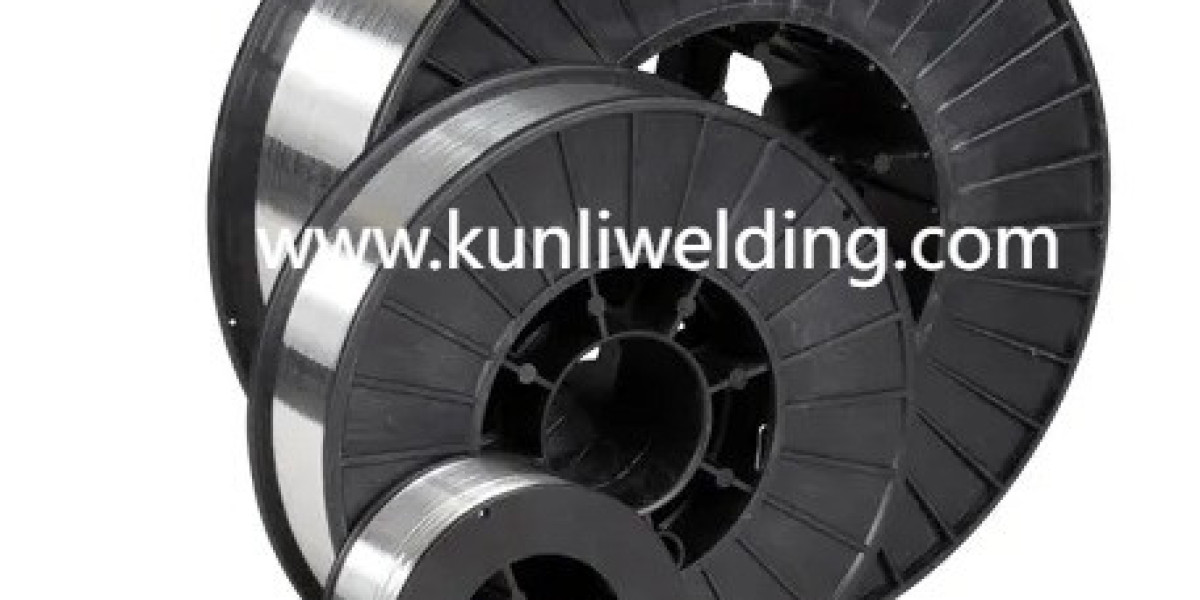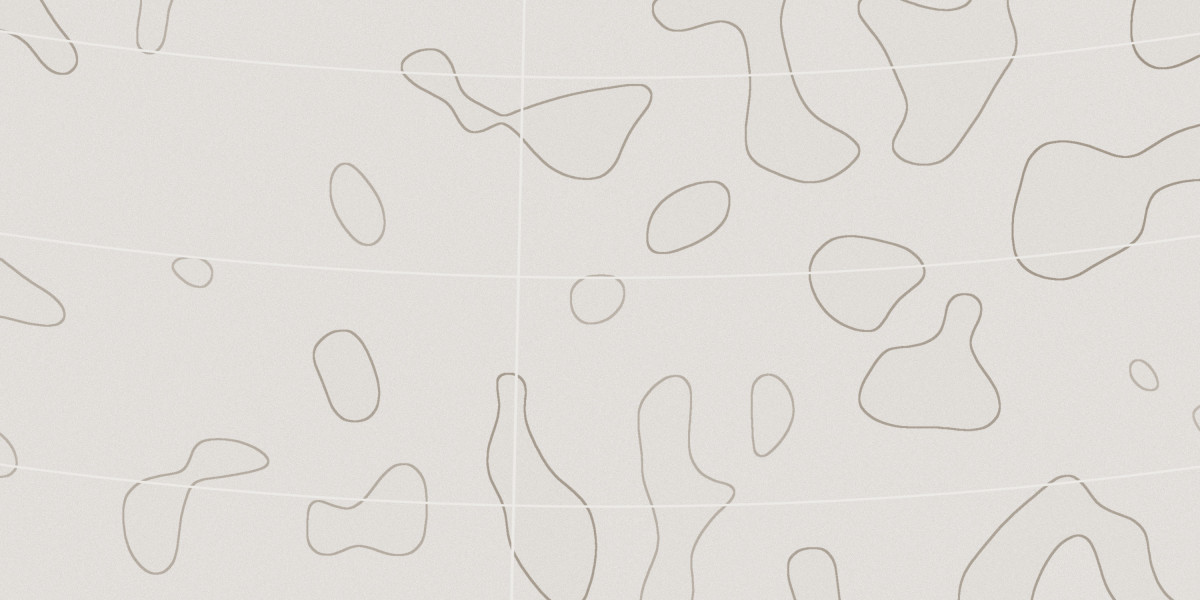Weld shops and specification teams are under new pressure to avoid rework as Aluminum Alloy Welding Wire Suppliers face closer scrutiny from buyers and fabricators. Recent shifts in global sourcing and trade conditions have made consistent material supply more important, and that intensifies the need for practical defect prevention on every job.
Start with incoming material checks. A short acceptance routine for each coil saves far more time than chasing repairs later. Confirm that the supplier has provided lot linked documentation and examine coil surface and packaging on arrival. Where visible contamination or moisture is suspected do not assume the weld process will overcome it. Spot checks and a brief test weld can reveal whether a batch is ready for production. The product page for a reputable supplier shows material information and typical application guidance which can be used as part of your acceptance routine.
Cleaning and surface preparation remain the most effective defenses against common faults. Aluminum naturally forms an oxide layer that interferes with fusion and increases the chance of trapped gas in the weld pool. Mechanical brushing and a quick solvent wipe before welding reduce that barrier and improve puddle behavior. Shielding gas selection and stable gas flow also impact pore formation and arc stability so verify gas purity and flow settings during set up.
Heat control is the other big factor. Too much input can soften nearby base metal and change joint geometry while too little can leave incomplete fusion. Manage travel speed and heat input to suit part thickness and joint design. Where thermal distortion is a concern tack weld strategically and sequence welds to balance stresses. Small adjustments to torch angle and stick out can make a measurable difference in weld appearance and soundness.
Porosity and cracking are frequent consequences when preparation or process control slips. Porosity often points to contamination or inconsistent shielding. Cracking frequently traces to joint design, improper filler choice, or abrupt thermal cycles. Address these by combining a disciplined prep routine, correct filler selection for the base metal, and controlled welding steps. When doubts remain use a short pilot run under the same conditions as production and inspect the results before committing to large volumes.
Documentation and clear acceptance rules reduce argument and speed resolution. Specify what certificates and lot markers should arrive with each shipment. Include a simple clause that ties acceptance to a small destructive or non destructive test sample when a project is critical. Staged purchase releases based on pilot acceptance help align supplier capabilities with shop expectations and remove guesswork.
Training and routine shop audits complete the picture. Even as automation increases in some shops human technique still affects outcomes. Regularly refresh operator skills on cleaning, gas set up, and heat input control and run short audits that combine visual checks with test weld samples. When projects are tied to demanding environments such as marine or transport applications, match supplier documentation with pragmatic shop trials.
Avoid lofty claims and focus on repeatable habits. Consistency comes from the combination of material traceability, repeatable prep, controlled heat input, and disciplined inspection. Together those steps reduce rework and protect schedules.
If you want to review how a supplier presents product details and application advice for aluminum welding wire check the product information at www.kunliwelding.com , and use those materials to build a short acceptance checklist for your next trial. Combining supplier data with a simple pilot run is a practical way to protect project timelines while improving weld quality.








